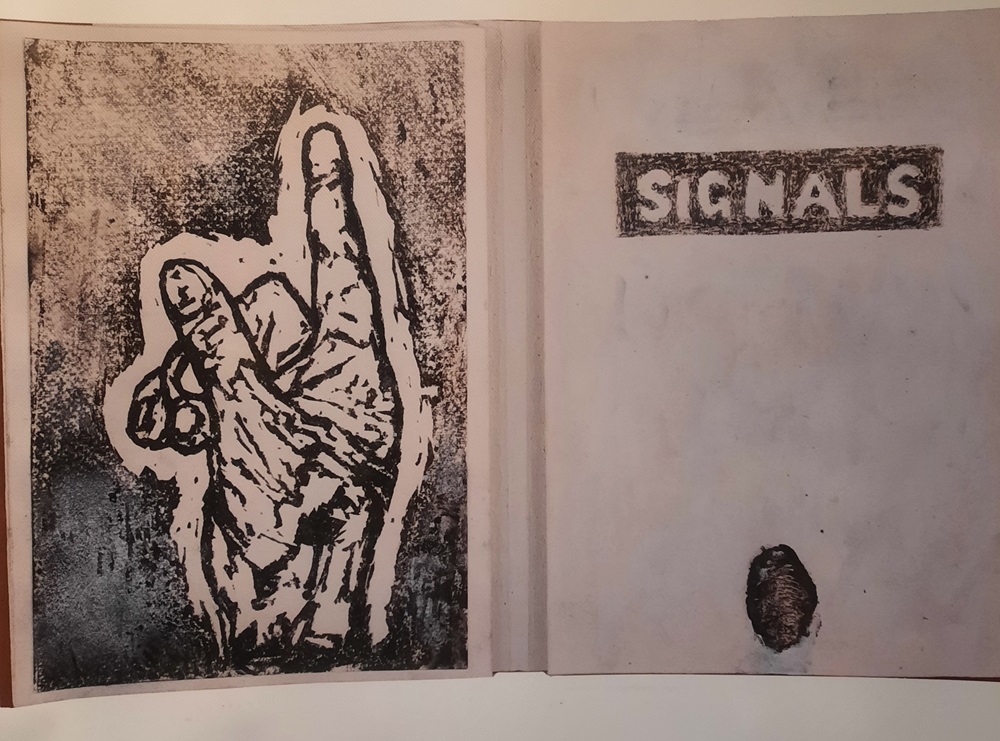
What is an artist’s book? It’s best to leave it untranslated, as long as we know what it is. The professor of the School of Fine Arts, Yannis Psychopedis, gives us the answer and explains the historical, poetic and especially the artistic etymology of the concept in his retrospective exhibition from the beginning of your career to the present day.
The exhibition presents exclusively “artists’ book-works of art” created by the painter and curated by Louisa Karapidakis.
Yannis Psychopedis has one virtue among others. He leaves texts that explain things. Here, on the occasion of the “artist’s book” exhibition, he explains elements of which he has presented in the past in Germany, Belgium and Italy. Let’s follow him.
| “Living Remnants”: Artists’ Books
Throughout the history of man’s progress, in the long journey of human knowledge and self-knowledge, writing and books have been one of the most important factors in the formation and evolution of civilization. Before the discovery of papyrus in Egypt, human societies were already using wood, bricks, ivory and other material surfaces in the form of primitive books to inscribe on them the first and basic information necessary for communication between them. In the ancient world, fragments of clay vessels and shells were used to record the documents of everyday life, bills, letters and the names of those they wanted to banish from the city. They even engraved poetic passages that, for pedagogical purposes, spread knowledge to the wider community. The inscribed plates – the first forms of books – with the lead tablets with engraved questions and wishes to the diviners in the ancient world had the characteristics of a magical act, a spell to drive away spirits and evil demons. Through this handmade communication with the divine element, man, expecting an oracle, asked for answers and advice from above, divine prescriptions for the dead ends of life. In the present day, artists’ books, by the hand of the creator himself -who here is both artist and binder- are a kind of artistic archives and diaries, sometimes with hasty and sometimes with elaborate notes and records of all the painterly thoughts and ideas that occupy, fascinate and torment every artistic mind. These are self-contained artistic proposals, thematic units or solitary compositions, from the large pool of ideas and images that seek to come to light, while maintaining a more private and closed character. This is why they take the form of small books, each with a different handmade form, which, when opened, literally unfold a narrative, developing through the linked images a different expressive/thematic concept each time. They are small artifacts of distinct size and content, with different functional use in their opening and closing, with different materials, made to express and embrace a whole, vast world of themes and references, intimate thoughts or fleeting glimpses of the mind. Artistic works/books of a handmade, primitive technique that aspire only to express a microcosm of images, which sometimes give rise to larger compositions. Here again, the external form of the book-art object is not a random choice. From its cover to its inner presence, each book hides and reveals another, alternative world. Different materials, other mixed techniques, distinct treatments, other expressive freedoms and arbitrariness, all of these make up an aesthetic palimpsest of all the hidden and revealed desires for a broad expression of freedom. A freedom and an aesthetic diffusion that extends each time to new formalistic experimentations. With another shape, another size, another content, with a different stylistic language and a separate visual grammar and syntax, the small books penetrate among the author’s predominantly main production and claim their own space. A space of a carefree artistic lightness, a space of inventive play, an improvised, loose breath, which systematically – but without a canonical system – returns through the years, at irregular intervals, to record – in condensed form – any truths of a visual microcosm. Of a microcosm where drawings converse with collage, painting with colour meets black and white engraving and is combined with the most heterogeneous and trivial materials and the painting subject is folded into multiple revelations and concealments within the continuous flow of images, within the reductions and elongations. Each sudden thought can become a virtual continuum, spread out in a musical rhythm of its own, and again be reassembled in its small closed, folded world. In spite of the intangible technology of images, art books – perhaps unwittingly – after so many centuries and the wondrous adventure of printing, preserve something of the ever-fulfilling and ever-unfulfilled desire of a primary manuality. That is, to condense the knowledge, influences, origins, desires, questions, conquests of the creators and their private universe into little manuals of life and art, little books, unique, sent like bottles of castaways to the sea, awaiting an oracle, no longer from the deity, but from the society of men. Poetry, painting, the classical world, contemporary society, erotic figures, the figures of history and the stories of figures, politics, everyday life and public images become the basic raw material in these reflections, bibliophilic visual testimonies, imaginary books that in the language of art fill the endless shelves of an imaginary library that preserves the precious remains in life, the fragments of our private imagination. Yannis Psychopedis, Photo by: Thanasis Vasiliou |

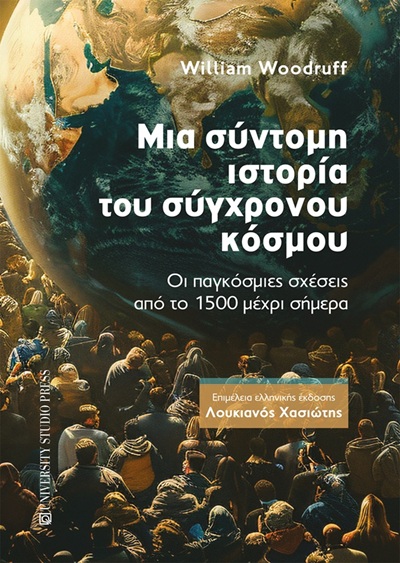
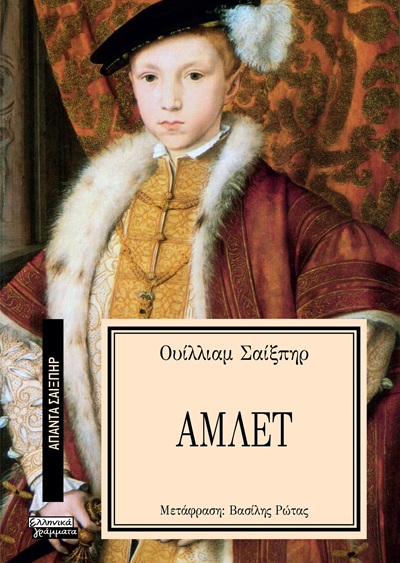
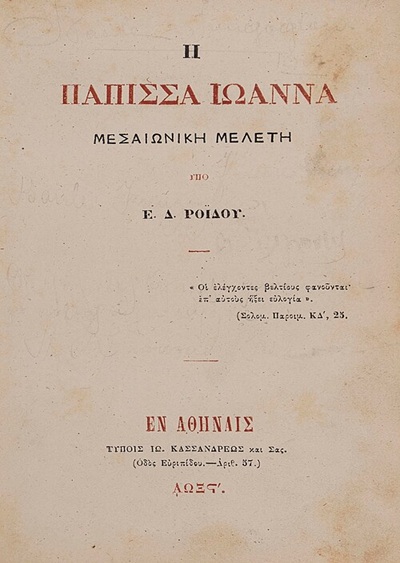
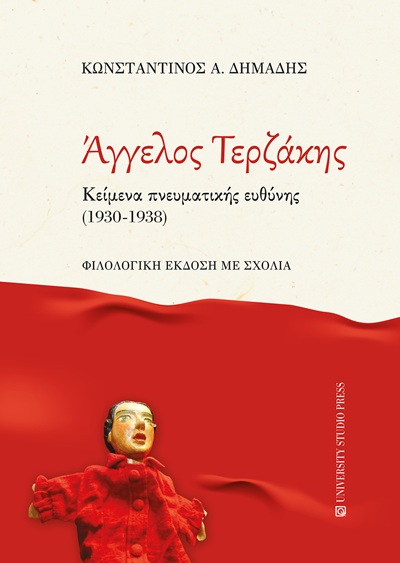


Leave A Comment